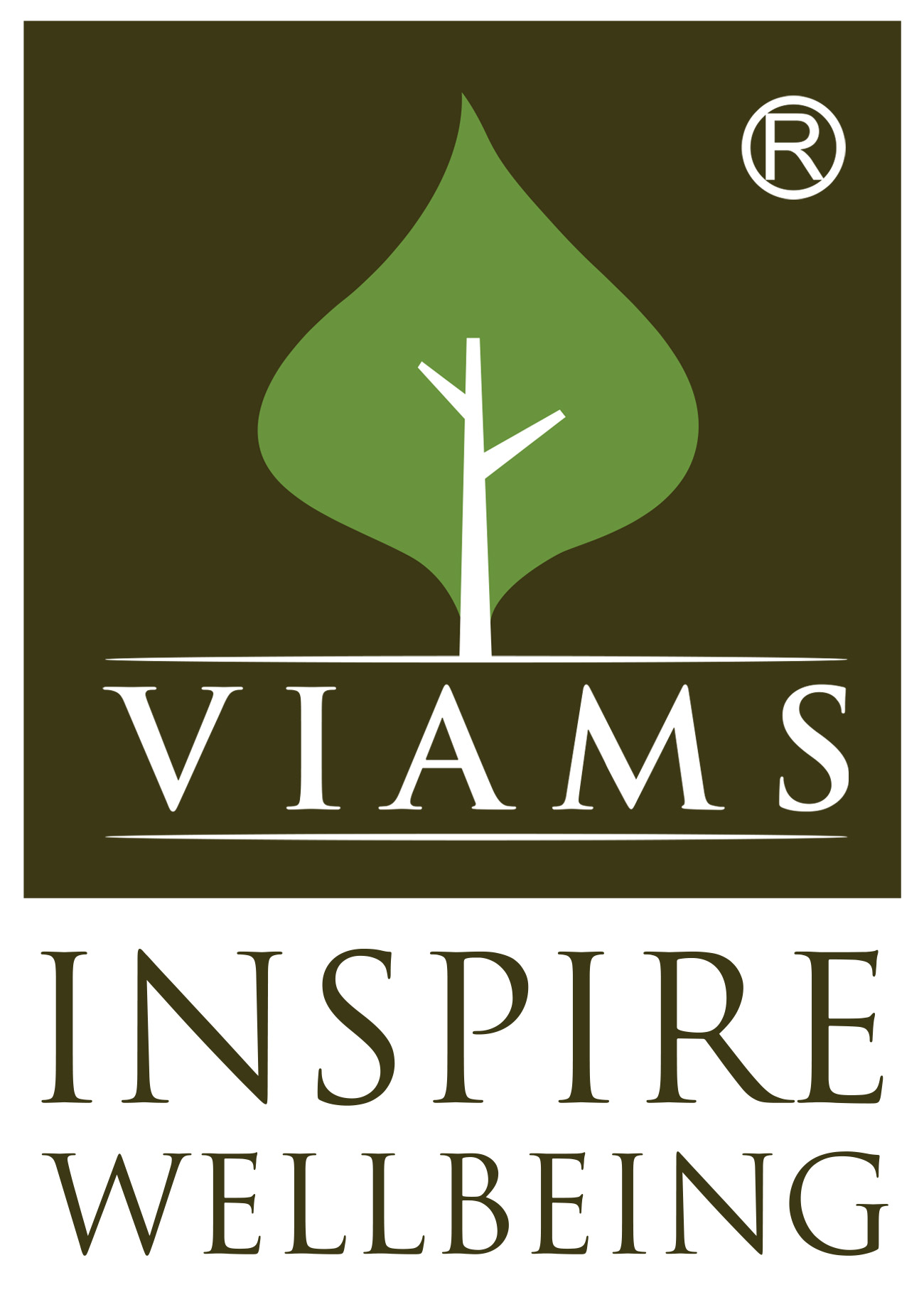Sciatica
Sciatica: Ayurvedic Approach and VIAMS’s Unique Treatment Protocol
Sciatica is a condition characterized by pain radiating along the path of the sciatic nerve, which extends from the lower back down through the hips, buttocks, and legs. The pain is typically felt on one side of the body and can range from mild discomfort to sharp, burning pain that makes movement difficult. While modern medicine offers temporary relief through medications and physical therapy, Ayurveda focuses on addressing the root cause and providing long-term healing.
Ayurvedic Perspective of Sciatica
In Ayurveda, Sciatica is referred to as Gridhrasi, named after the vulture (“Gridhra”), due to the way it makes a person walk, stooped and limping, resembling a vulture. The condition is primarily associated with an imbalance of the Vata dosha, which governs movement in the body. The aggravation of Vata causes stiffness, pain, and discomfort along the sciatic nerve pathway.
Ayurvedic treatment for Sciatica focuses on balancing the Vata dosha, improving circulation, reducing inflammation, and removing toxins (Ama) that may have accumulated in the affected areas.
Ayurvedic Management of Sciatica
- Detoxification (Shodhana): Panchakarma therapies, particularly Vasti (medicated enemas) and Kati Vasti (localized oil therapy for the lower back), are highly effective in treating Sciatica. These therapies help to remove deep-seated toxins, relieve inflammation, and restore Vata balance.
- Herbal Formulations: Ayurvedic herbs like Erandamooladi Kwatha, Nirgundi, Ashwagandha, and Rasna are used to reduce inflammation, improve nerve health, and alleviate pain. These herbal formulations help in rejuvenating the affected tissues and nerves.
- External Therapies: Snehana (oil massage) and Swedana (herbal steam therapy) are used to relieve muscle stiffness and improve blood circulation, reducing pressure on the sciatic nerve.
- Dietary Modifications: Ayurveda recommends a Vata-pacifying diet that includes warm, cooked, and easily digestible foods. Spices such as ginger and turmeric are encouraged for their anti-inflammatory properties. Foods that aggravate Vata, such as cold, dry, and raw foods, are avoided.
- Lifestyle Changes: Gentle exercises, Yoga, and Pranayama are recommended to improve flexibility and strengthen the muscles around the lower back and legs. Specific Yoga postures such as Bhujangasana (Cobra Pose) and Shalabhasana (Locust Pose) are beneficial in relieving Sciatica pain.
Effectiveness of Ayurvedic Treatment for Sciatica
Ayurvedic treatment for Sciatica has shown promising results in:
- Alleviating pain and discomfort along the sciatic nerve
- Reducing inflammation and nerve compression
- Restoring mobility and flexibility
- Providing long-term relief without dependency on pain medications
- Supporting overall nervous system health
Ayurveda’s holistic approach addresses both the symptoms and the root cause of the condition, ensuring not just temporary relief but also long-term prevention of recurrences.
VIAMS’s Unique Integrated Treatment Protocol for Sciatica
At VIAMS, we have developed a comprehensive treatment protocol that integrates Ayurveda with modern diagnostic tools to provide an effective solution for Sciatica. Our protocol addresses the root cause of the pain and provides a sustainable recovery process.
Our unique treatment protocol includes:
- Holistic Assessment: We begin with a detailed consultation, including modern diagnostic tools like MRI and X-rays, to assess the severity of nerve compression and the stage of the condition.
- Customized Panchakarma Therapies: Depending on the individual’s condition, we administer therapies such as Kati Basti (warm oil therapy), Basti (medicated enemas), and Pizhichil (oil bath) to relieve nerve compression and reduce inflammation. These therapies also nourish the muscles and nerves, restoring strength.
- Herbal Medicines: We provide personalized herbal formulations that support nerve health, reduce inflammation, and alleviate pain. These medicines are designed to treat the root cause and prevent further aggravation of the Vata dosha.
- Physiotherapy and Yoga Integration: Along with Ayurvedic therapies, we incorporate Physiotherapy to improve muscle strength and flexibility. Specific Yoga postures are recommended to help patients maintain their recovery and prevent future Sciatica flare-ups.
- Diet and Lifestyle Guidance: Our team provides detailed dietary and lifestyle recommendations to ensure that the treatment is supported through balanced nutrition and Vata-pacifying practices.
Benefits of VIAMS’s Treatment Protocol
- Comprehensive Pain Relief: Our unique protocol focuses on long-term relief from Sciatica pain by addressing both the symptoms and underlying causes.
- Non-Surgical Approach: Our therapies reduce the need for invasive treatments, offering natural pain relief and recovery.
- Improved Mobility: The combination of Panchakarma, herbal medicines, and Yoga helps patients regain mobility and flexibility in the affected areas.
- Holistic Care: By integrating Ayurveda with modern therapies, we ensure that every aspect of the patient’s health is addressed, leading to lasting well-being.
